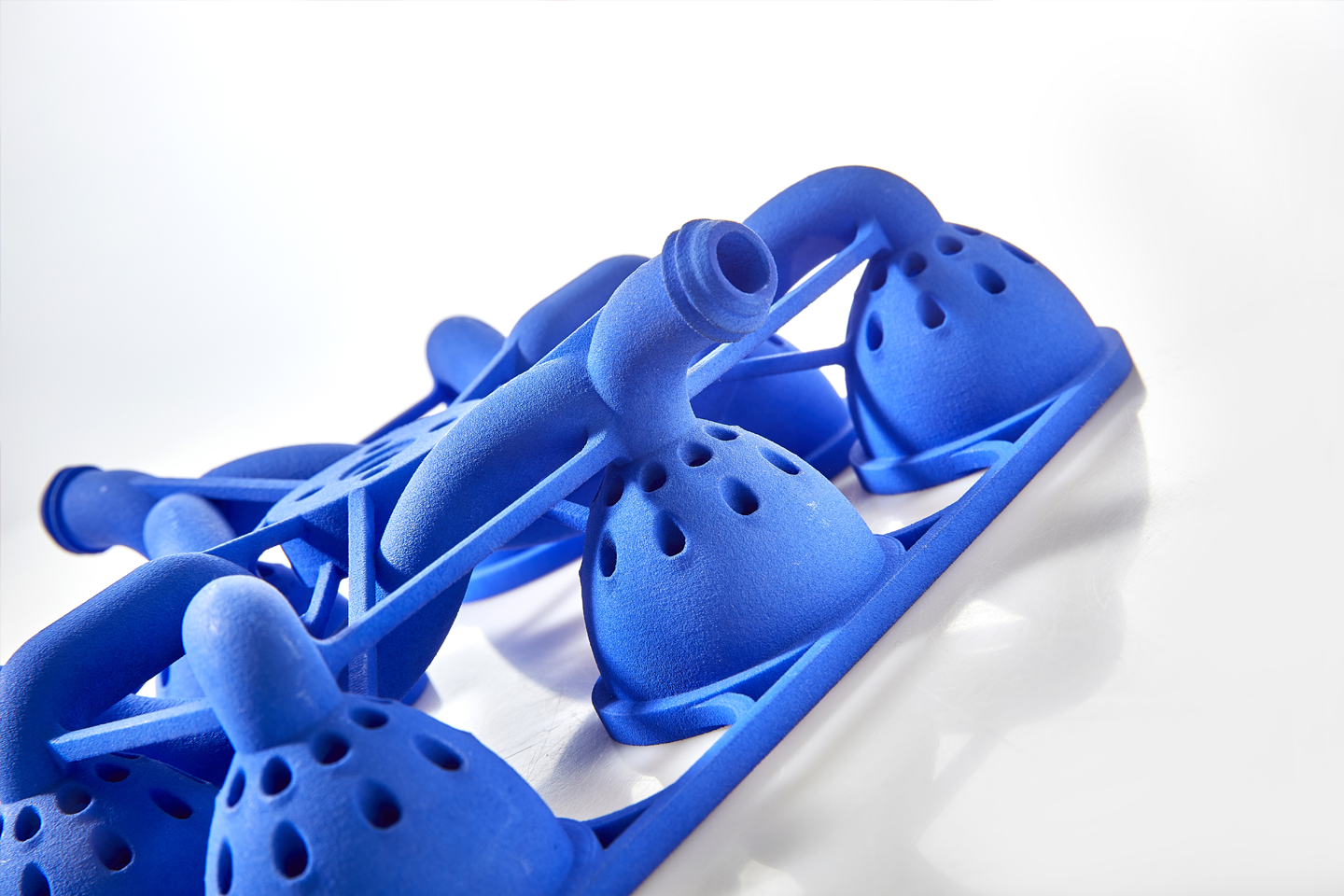
Allows Designing a Complex System
The versatility of design that comes with additive manufacturing is the most evident benefit of 3D printing for jigs and fixtures. It removes the constraints of injection molding and milling, allowing for practically limitless tool configuration possibilities.
Hence, when creating parts, design factors such as irregular profiles, curves, and the number of machine setups are no longer an issue.
Consolidation of Components
You can significantly reduce or eliminate the long lead times and costs related to assembling several tools and equipment. Tools, previously created with several parts, required assembling and fitting of multiple components.
With additive manufacturing, these can now be constructed as a single component, reducing post-build work and expenditures
Lighter Weight Tools Make Them Easy To Use
Heavy metal cutting equipment can pose a safety threat to those involved in the production process. Traditional metal cutting machinery is replaced with plastic in additive manufacturing, that's lighter and easier to work with.
It has proven to be a better alternative for production employees, making fixture work and assembly easier. Heavy metal tools are a challenge to move on the production floor, whereas lighter-weight tools are easier to transport, thus boosting productivity.
Customization
One significant advantage of using additive manufacturing for jigs and fixtures is the freedom of design. It helps create tools that can be affordably modified for individual users, allowing them more control over their jobs and offering the best ergonomic support possible.
This results in increased job accuracy. Engineers can personalize a manufacturing aid for the employee using it or for the task it will be used for instead of designing for manufacturability.
Improved Ergonomics
Manufacturing aids with increased control, simplicity, and convenience are possible because of the design freedom and consolidation that 3D printing brings forth. Traditional tools with design constraints can be weighty and cumbersome, burdening the labor force and adding time to the production line.
Jigs and fixtures that lack fundamental ergonomic functioning can negatively impact the bottom line, resulting in defective units, increased floor time, and employee dissatisfaction. Manufacturing aids that are 3D printed are an effective way to incorporate organic shapes and contours that improve comfort, efficacy, and safety.
We Provide 3D Printing For Your Jigs And Fixtures
Set up a meeting with our team as we figure out the logistics and requirements of manufacturing and development and develop new 3D printing techniques for your jigs and fixtures.
Choose us as your jigs and fixture 3D printing manufacturer today to enjoy the advantages of affordable and high-quality production. For business owners and independent contractors, it's one of the simplest and most cost-effective choices.
Contact us to learn more about our 3D printing and other services.